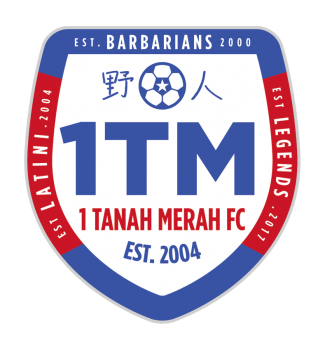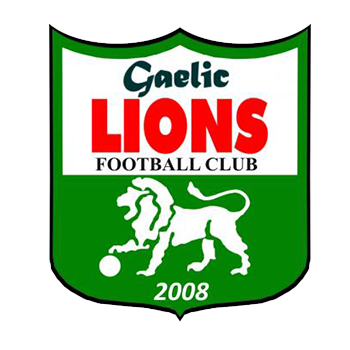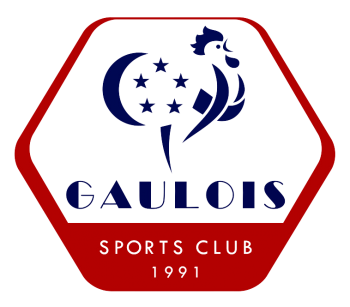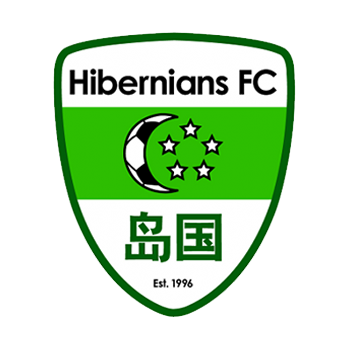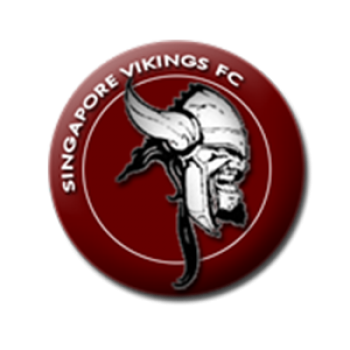League News
InTouchPhysio Newsletter
ARE YOUR CALVES TIGHTENING UP FROM RUNNING?
Do you find your calves always stiffen/tighten with running? Lets take a look at some potential reasons behind why the calf muscles get stressed.
1) Overload of the muscle due to inadequate muscle strength and power in the lower limbs.
Decreased lower limb strength can lead to overload of the calf during the push off phase of running. Our gluteal and quadriceps muscles play an important role in propelling ourselves forward. Without strength and endurance in these muscles, the calf muscle can become the sole driver of propulsion, hence can become fatigued and tired. Consideration also needs to be given to the calf itself in terms of strength and endurance, to handle the load placed upon it in running.
2) Overload of the muscle occurring in the absence of joint stability.
In the absence of joint stability runners may grip with their toes to the ground in an attempt to gain balance and stability, this in turns creates muscle tension throughout the calf.
3) Nerve or connective tissue tension often related to the spine and pelvis.
The spine and pelvis may play a part in nerve or connective tissue tension in the calf. Release work using a variety of techniques and stretching, around the lower back and pelvis may help to alleviate the nerve or connective tissue tension.
In Touch Physio can help you with identification of the contributing factors to your calf tightness. These factors can then be addressed with variety of physiotherapy techniques and a tailored exercise program to help strengthen and stabilise the lower limb, and offload the calf.
"STRETCH AND STRENGTHEN YOUR GLUTES!" - WHAT EXACTLY ARE THE GLUTES?
"Stretch your glutes!" Strengthen your glutes!" These are common terms you hear in sports injury rehab and injury prevention. What exactly are the glutes, their function and the importance of them with regards to injury.
Glutes are a group of muscles around the hip and pelvis that work closely together to provide normal and efficient movement patterns. These muscles each play a specific role in relation to the hip, pelvis and lower limb mechanics. The most superficial muscle and the largest glute muscle is the gluteus maximus which is a powerful muscle involved in hip extension. Then more to the side of the pelvis/hip is the gluteus medius and gluteus minimus muscles that one of their roles is to assist keeping the pelvis level and stable in single leg stance. The hip rotators then sit deep around the hip joint and have a role in stability and hip movements.
Deficits or dysfunctions in the glutes may lead to poor movement patterns and subsequent injury and poor sport performance. If these muscles are too long or too short they cannot contract efficiently. Timing of activation or engagement of the glutes is vital to prevent overload of the lower back and hamstrings preventing injury to these areas.
Hamstring, hip, pelvis or lower back problems may relate to poor gluteal function. In Touch Physio will help you assess this gluteal function and see if this is a contributing factor to your injury.
FINGER INJURIES IN SPORT
If you sustain a finger injury during sport there are some good indicators as to whether you should continue to play or stop immediately.
You should stop playing immediately If there is:
- an obvious deformity of the shape of the finger
- if the joint is obviously dislocated
- if you are unable to move the finger or movement is accompanied by sharp pain
- if aching or sharp pain persists then best to stop.
Initial treatment of a finger injury follows the RICER principles.
REST: rest the injured part by stopping play
ICE: apply ice packs or put your hand in bucket of water/ice
COMPRESSION: bandage your finger
ELEVATION: often best to use of a sling over the shoulder to elevate the hand across the chest.
REFERRAL: to x-ray and/or physio/hand therapist. Every finger dislocation should be followed by an x-ray to determine the extent of the injury. Even sprains are often needed to be x-rayed to rule out any fractures.
It is important to have your physio assess your finger injury to determine bony damage, tendon damage and joint stability. Seeking early treatment reduces the chance of long term stiffness and deformity of that finger.
RECENT NEWS
April 26 2025
August 26 2024
March 23 2024
November 6 2023
July 18 2023
@cosmoleaguesg




